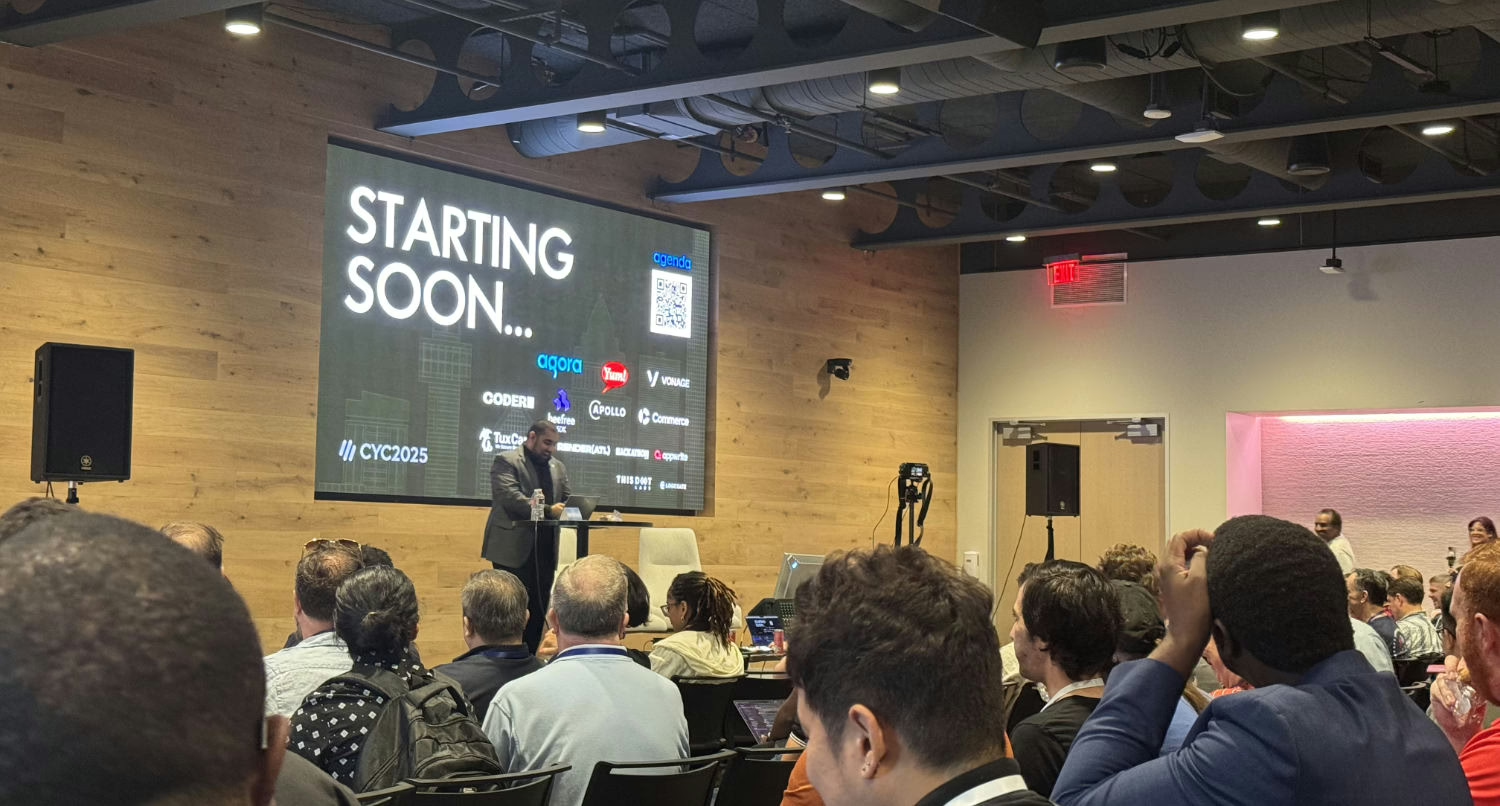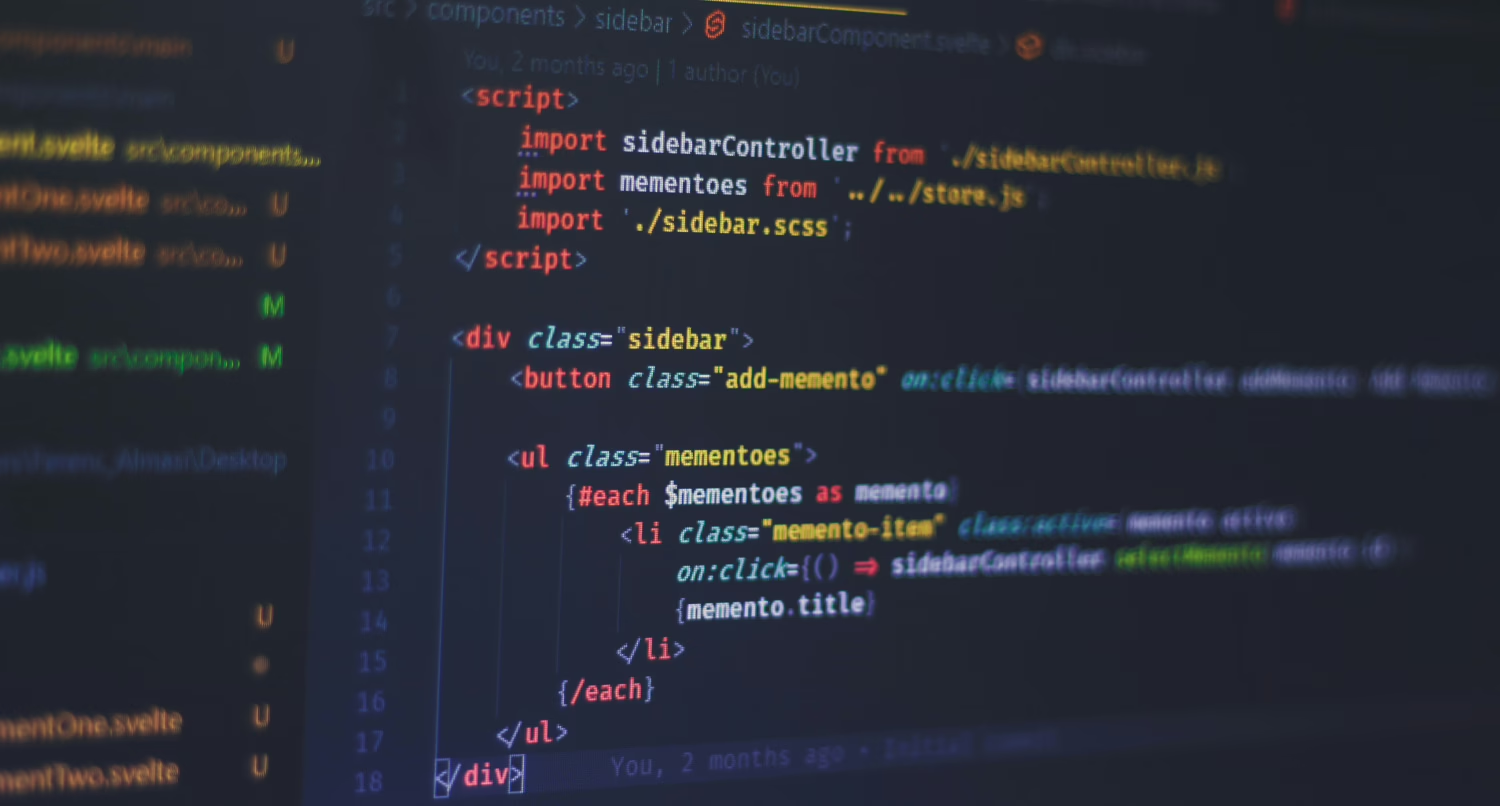I accomplished a first for me last week: attending a non-WordPress tech conference. In this case, it was Commit Your Code here in the Dallas area.
Now, I know that doesn’t sound all that impressive to you. However, as an introvert who often feels overwhelmed by big crowds, this was a significant step for me.
And I had a great time!
While most of the talks were outside my area of usual expertise, I still learned a great deal, took extensive notes, and, somehow, made connections with fellow developers both near and far.
And, most importantly, I came away inspired to learn more, create more, and, this is the hardest one for me, talk more about what I’m building.
Apparently, I’m not alone in that last one.
So here’s a quick recap of my experience at Commit Your Code 2025.
What I Expected Going In
While this was my first non-WordPress tech conference, this wasn’t my first rodeo.
I’ve attended several WordCamps in the past, including two WordCamp US events, so I had an idea of what to expect in terms of my note-taking style and the like.
However, considering the main topics for this conference were JavaScript, Java, .NET, Cloud, and AI, and I was only really experienced with JavaScript, I had no idea what I was getting myself into.
With that in mind, I chose to go into this conference with no expectations. I didn’t want to define any success or failure metrics for this. The conference was going to be a whole new experience for me, akin to my first WordCamp DFW in 2016, where I knew precisely one person who would be there, and that was it.
For me, success was using this as a learning experience, both in terms of learning from the talks and understanding how other tech conferences operate.
And spoiler alert, I accomplished both.
Incredible Talks from Amazing People
The most essential part of any conference (speaking as someone who was on the organizing team of two WordCamp DFWs) is the speakers. And this was an incredible lineup of speakers.
I mentioned before that I wasn’t as familiar with most of the topics at this conference as I would be at a WordCamp. But in a lot of ways, that didn’t matter.
The speakers brought a lot of enthusiasm about the topic they were discussing, which made me want to learn more about it when I got home. They had given me just the tip of the iceberg, and I was eager to explore what else lay beneath the surface.
My favorite talk was from Aaron Francis (whom I discovered this conference through his podcast, “Mostly Technical”).
His Day Two keynote didn’t focus on any single piece of technology. Instead, he gave us tips to increase our odds of success in the future, which is pretty important given the current tech job landscape.
The one thing that resonated with me (and, in many ways, is the reason I’m writing this blog post) is when he asked everyone to raise their hand if they were building something cool. And then he asked us to raise our hands if we were talking about the cool thing we were building.
Dead silence.
Discussing the things I’m building is something I definitely need to improve at, and that talk was a nice, quick, and swift kick in the pants to get started on that.
Bravo to everyone who spoke at the conference.
Connecting with Others Outside of My Bubble
Another key aspect of attending these conferences in person is connecting with other attendees.
As an introvert, this is the most intimidating part of any convention for me. It’s challenging for me to get that ball rolling, and it requires a significant amount of effort.
And it was even more challenging since the organizers had a space for what they thought would be around 300 people, which in reality turned out to be nearly 900 people. It’s a good problem to have, but it is technically a problem, especially for an introvert like myself.
I’ll admit that I got overwhelmed very easily on the first day. However, on the second day, I was a little more prepared and was able to connect with fellow attendees, learning about their journeys to becoming developers and connecting with them on LinkedIn.
(Side note: I think those two days were the most I’ve used LinkedIn in a very long time.)
I think that when I attend next year, I’ll be more prepared to make connections, but with no expectations going into this year’s conference, I think I did a pretty good job.
Leaving the Conference Inspired
But the biggest thing that stuck with me was leaving the conference inspired.
Inspired to build. Inspired to share what I’m creating. Inspired to lift up others who are making amazing things.
This year has been really a struggle for me.
I mean, just with the world and this country, every day seems to bring a new horror with no end in sight.
And work at the university has been nonstop, with barely a chance to breathe.
And while I’ve been working on creating ArtisanPack UI and Digital Shopfront CMS, as well as other personal projects, it’s been a struggle to reach that point.
However, this conference inspired me to build the things I want to build and create the future I envision.
And yes, I’m not ignoring the bad things that happen in the world and this country. But it helped remove my cynicism.
I left feeling re-energized to create things that will help people.
Action Items for the Future
One of the things I’ve learned to do at conferences is to have a Google Doc where I can quickly jot down action items that occur to me as I’m listening to talks or speaking with someone.
It’s something that has helped make sure I remember the things I’m inspired to do at these conferences.
And it again worked for me at Commit Your Code.
I walked away with a lengthy list of things I want to implement for ArtisanPack UI, Digital Shopfront CMS, freelancing projects, and more.
The items range from posting more about what I’m doing and building to investigating tools to see if they can help my workflow, to improving testing and specifically accessibility testing in my CI/CD pipelines, and so much more.
I am genuinely excited to apply the knowledge I gained from this conference to my projects.
That’s the sign of a fantastic conference.


